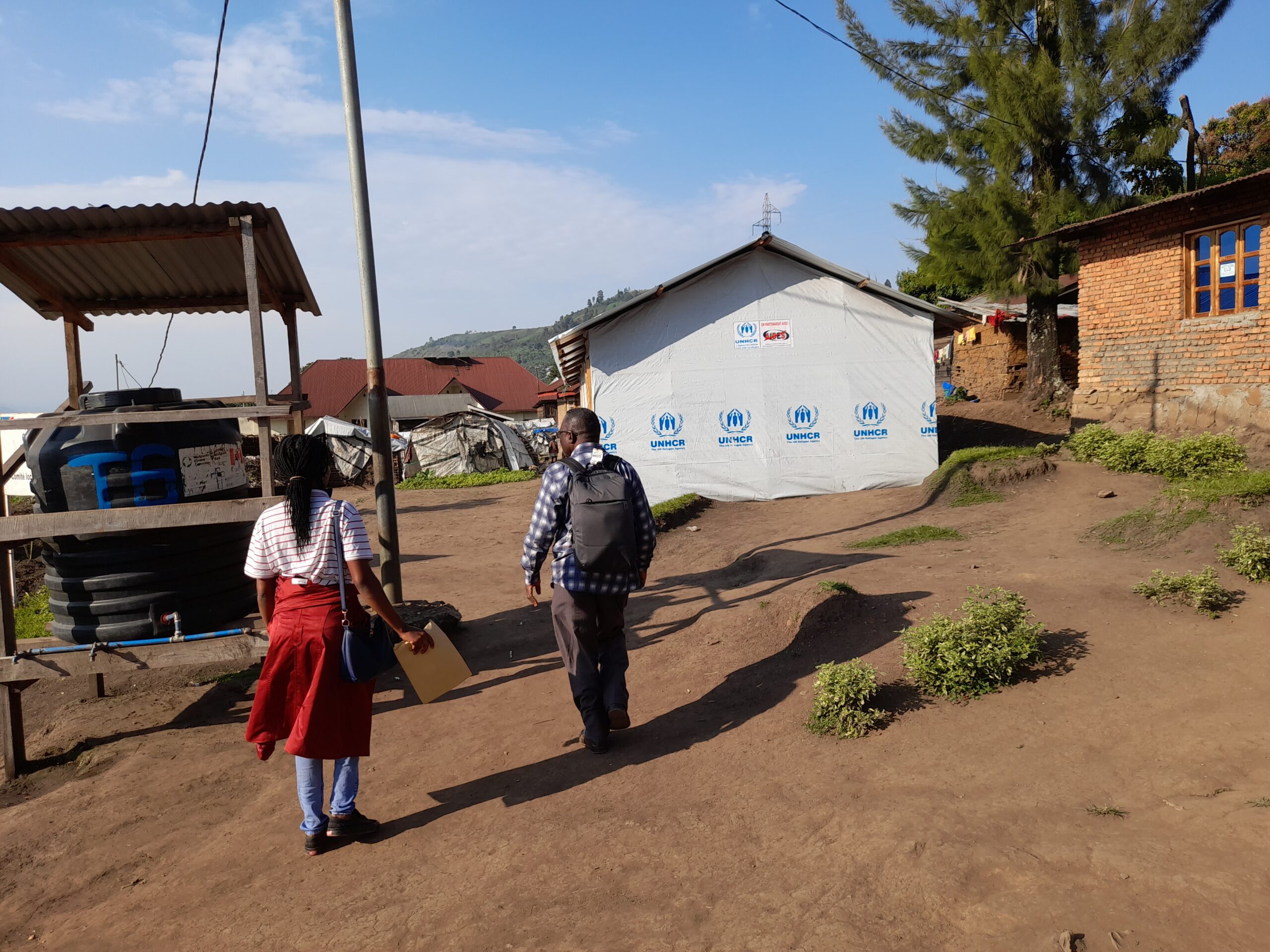In many respects, how photos are taken and how they are used raise difficult ethical issues. This statement aims to navigate these issues and provide clear principles that everyone involved with photos across the Inclusive Urban Infrastructure (IUI) and Protracted Displacement Economies action research projects should follow. The only exception concerns photography that is conducted by research participants as part of the Comics and Photovoice methodologies for IUI. This statement is meant to complement other ethical research guidelines.
1. We will not take or use photos that portray people as passive recipients of aid who lack agency.
2. We will not take any photos of an adult individual or a small group of adults without having first obtained their full, free and informed consent.
- ‘Adults’ are defined as people 18 years of age or older (in line with the Convention on the Rights of the Child).
- A ‘small group’ may be defined in different ways. For the purposes of this statement, it means 2-8 people.
- ‘Full, free and informed consent’ is a complex concept that may be defined in different ways. For the purposes of this statement, it means that potential subjects possess sufficient reasoning facilities and are informed of:
- the name of the local partner organisation involved with the project and how to contact them
- the project’s aims
- how photos could be used and the types of people who may view them
- our commitment to store photos securely and not use photos after 7 years have elapsed
- the fact that being photographed is entirely voluntary
- their right to withdraw their consent at any time in the present or future and how they could do this
- their right to ask any questions or share any concerns
- our willingness to show them examples of the photos taken of them.
3. We will always suggest that photos of an adult individual or a small group of adults are taken in a way that does not render them identifiable while remaining open to taking and (possibly) using photos where they are identifiable.
- What constitutes ‘identifiable’ is subjective. The photographer should ensure that they share with potential subjects a common understanding of what this means.
- When adults explicitly ask us to take photos of them in ways that render them identifiable, we shall do so after having specifically recorded that this has been requested. However, we will only use such photos if the photographer, communications lead and co-investigator all agree; these colleagues may decide that certain photos are only used in a limited way (e.g. in an exhibition but not online) for security or other reasons.
- It is good practice to show those subjects who are identifiable how photos of them have been used in practice and ask them if they are satisfied, though this may be difficult in some cases (due to, for example, resource constraints, restricted access or migration).
4. We will be particularly careful when taking and using photos of children and we will not take or use photos of children where they are identifiable.
- Children are defined as those under 18 years of age (in line with the Convention on the Rights of the Child).
- When taking photos of children, we will first obtain the full, free and informed consent (see point 2 above) of both the child (adapted to suit their intellectual capacity) and their parent/legal guardian.
- What constitutes ‘identifiable’ is subjective. In this case, the photographer should ensure that they share with both the child and their parent/legal guardian a common understanding of what this means.
5. We will record consent regardless of how it is provided (written, finger print, verbal, etc.)
- Local partner organisations can select the method of recording consent unless subjects ask for a particular method to be used.
- Local partner organisations are responsible for maintaining such records.
6. We will pixilate the faces of identifiable adults when photographing large groups of people, in order to conceal their identity.
- For the purposes of this statement, a large group represents more than 8 people.
- It is often impractical to obtain full, free and informed consent from large groups of people.
- It is often challenging to take photographs of large groups of people in a way that renders all of them unidentifiable.
7. We will be sensitive to the local context.
- Local partner organisations know their contexts – including cultural norms, legal requirements and security threats – better than colleagues in the UK do.
8. When taking and using photos, the security of community members, as well of the photographer and associated colleagues, is paramount.
9. When we need to use photos from third-party sources, we will not use ones where either we believe that consent has not been properly obtained or we judge subjects to be identifiable.
